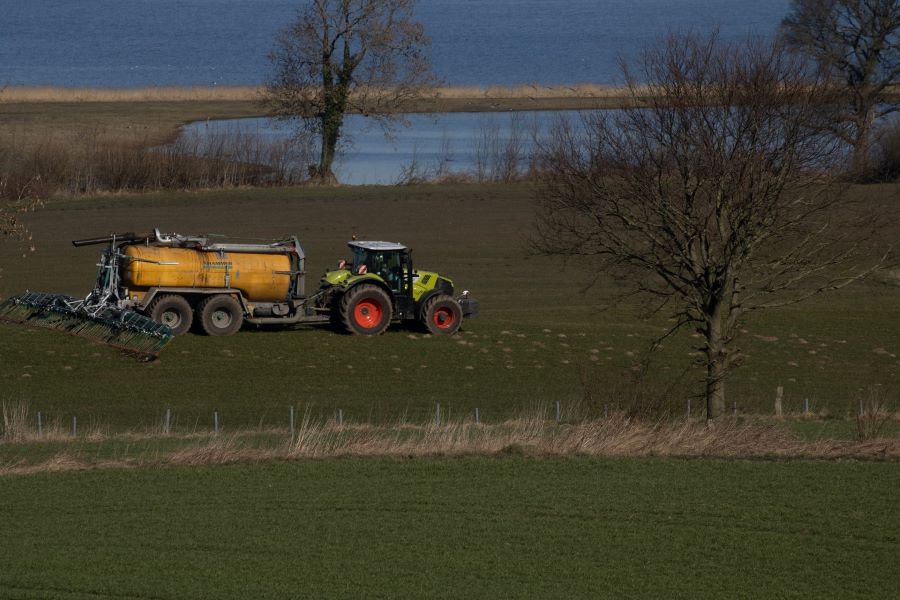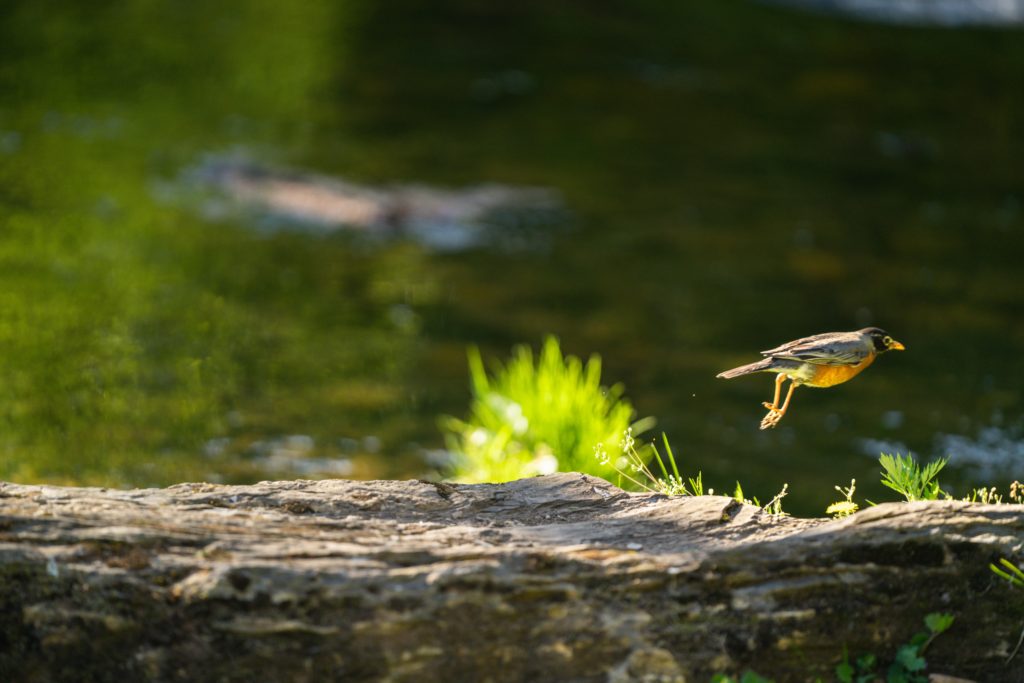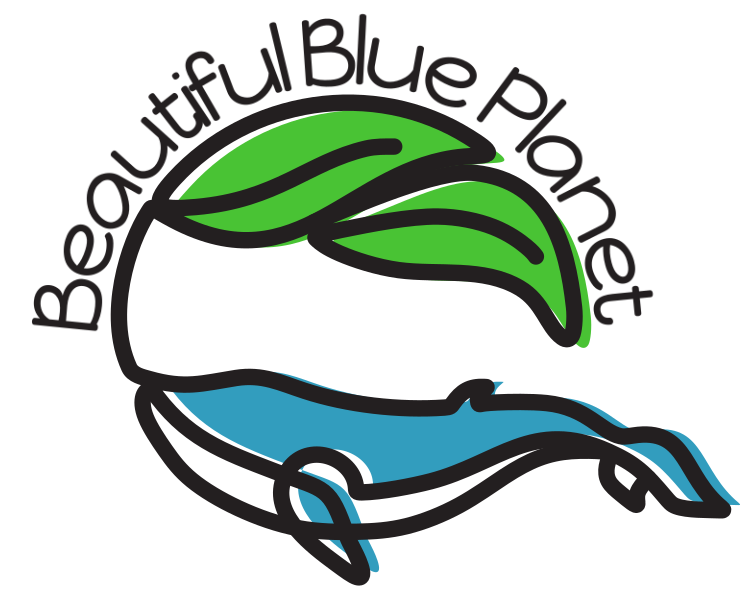Think you’re safe having a septic system? You’re probably thinking that all the microfibers your laundry releases into wastewater are below the ground, not going out to harm waterways and ultimately ocean life.
That’s what I thought, too…until I looked into it more.
So let me tell you what happens with microfibers in our septic systems. Then I’ll send you over to the list of solutions to help us all stop the microfiber problem.
Microfibers to the septic tank
Synthetic fibers now make up about 60% of clothing. Those synthetic fibers don’t biodegrade, they break down into smaller and smaller pieces as we wear them and especially when we wash them. They become so small we can’t see most of them. They become microfibers.
When we wash synthetic fabrics, the microfibers enter the wastewater. For those of us living with municipal sewage systems, most microfibers pass through the wastewater treatment facility and go on into waterways and most end up in the ocean (read more).
But for those of us with septic systems, microfibers still get through. First they go out to the septic tank.
Once they get to the septic tank, some are heavy enough to fall to the bottom into the sludge. Some are too light to sink and stay in the top layer of water. The light ones get whooshed out into the leach field. They’re part of the effluent.
This poses two problems.
They can shorten the lifespan of a leach field
Microfibers can clog up the pores of the leach bed soil, causing backup problems and premature failure of the septic system. “Since the particles are so small they will be resistant to settling in the septic tank and will pass through effluent screens. It is likely that most of these fibers are captured in the soil treatment system, creating concern for plugging of soil pores over time.” (Source)
So septic bed waste often ends up in a landfill, and manipulation of the material can cause further microfiber pollution.
They get into the groundwater
In the leach field bed and in the septic tank there are good bacteria that biodegrade organic matter that passes into the leach field. From there the soil and rock layers filter out most of the contaminants before the wastewater effluent reaches the groundwater. This helps recharge the groundwater and aquifers.
But it has been found that some microfibers are too small to get filtered out and follow the wastewater on down through the soil and rock layers and enter the groundwater, too.
A study by the University of Illinois (source) researched the presence of microfibers in groundwater—water that supplies drinking water for many. Of 17 samples from wells in rural areas, 16 were found to contain microplastics, which included fibers. The highest concentration was 15.2 particles per liter of water.
Septic systems were strongly suspected to be the source of these microfibers because they also found many other household contaminants as well.
Septic systems filter out solids, but not chemicals. But here we see that microfibers from our laundry can be small enough to evade our best, most commonly used filtration system.
What happens to the sludge?
Back to the septic tank, the heavier microfibers settle out with other larger solids to form sludge at the bottom. After that stuff accumulates for 3-5 years the septic tank needs to be pumped out.
The sludge may go to a wastewater treatment plant.
But most of the septic waste in the US is applied to agricultural fields. Plus the sludge from wastewater treatment plants! Yes, microfibers, microplastics, and all.
This can be a good situation; the sludge, or biosolids as they’re called, is a good fertilizer for the soil. So it’s a great nutrient recycling system.
But, now those microfibers and microplastics are in the sludge. And out in the open again. And they’re available for rains and winds to carry them out to the wider environment. Out to the waterways, into lakes and streams, and eventually into the ocean.
So your septic system does not keep your microfibers from your laundry out of the environment.
But wait, there’s more!

Microplastics were found in sewage sludge back in 1998. In 2020 researchers estimated the roughly 21,249 metric tons of microfibers from sewage sludge were applied to US agricultural lands each year (source).
Remember, plastics don’t biodegrade, they just get smaller and smaller.

via Unsplash
Research on the effects of microplastics in the soil has found that they affect the physical and biological properties of the soil, increased earthworm mortality rate, and reduced plant growth (source) Microplastics in earthworms and other soil organisms can the easily pass into larger animals like birds, lizards, frogs and toads, and on up through the food chain. (Just like in the ocean.)
Worse, microplastics have even been found to pass from the soil into plant tissue…
Resulting in a strong potential of them getting into our food supply (source).
Microfibers from synthetic fibers in our wash make it not only to our waterways and oceans, but also to the farmland. And most likely into our food.
Researchers say that more microplastics pollution is getting into farm soil than oceans—and these tiny bits are showing up in our fruits, veggies, and bodies.
~Kate Petersen, Environmental Health News (ehn.org)
Sorry, septic systems are not safe places for microfibers coming from your laundry
Yes, those of us living with a septic system are doing just as much damage as everyone else.
Whether you’re on a septic system or a municipal sewage system, the synthetic fibers you have in your home get out into the larger environment. And that has bad repercussions for all life. Not only in the oceans but also on our most important lands, agricultural lands.
So what to do?
We must stop the release of microfibers. Go to my article on microfibers here for solutions.
It could be a long time before the world’s population switches to better practices to reduce and eliminate microfibers entering the environment. But you can see how significant this problem is.
Now you’re more aware. Doesn’t it make the most sense to do whatever you can to stop it? Go to this section of my microfibers article to see what you can do. Share this information with friends and family and on social media. Encourage others to act out of greater awareness.

